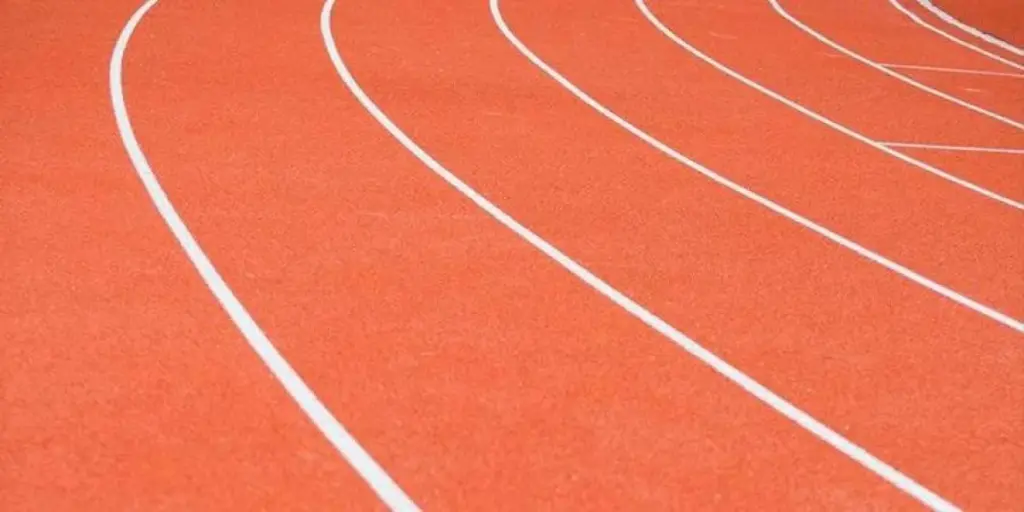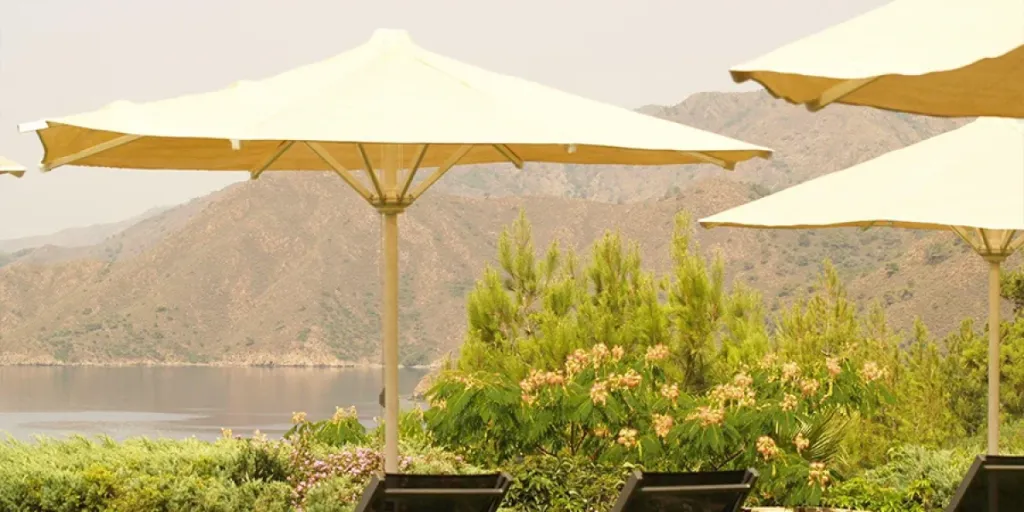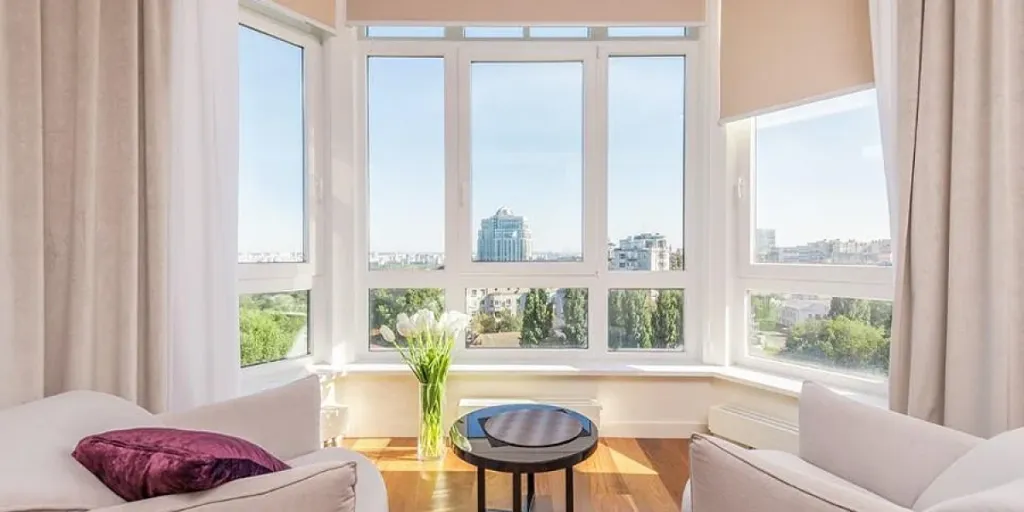Rubber flooring offers an exceptionally durable multipurpose option for residential and commercial spaces. This flooring is popular among homeowners and commercial property owners because it can endure heavy foot traffic and survive the outdoors without concern for water damage or rotting over time.
It is also a favorite among business owners because rubber does not collect dust, implying regular vacuuming is sufficient for maintaining a clean floor.
So, it is unsurprising that the popularity of rubber flooring continues to soar among commercial customers. This article outlines everything businesses should consider when selecting the right rubber flooring.
Table of Contents
Potential of the rubber flooring industry
Factors to consider when choosing rubber flooring
Conclusion
Potential of the rubber flooring industry
Globally, the resilient flooring market was valued at USD 38.7 billion in 2020, and it is set to expand at a CAGR of 7.2% from 2021 to 2028. Over the forecast period, growing infrastructure projects and the desire to improve the aesthetics of buildings will drive the demand for resilient flooring.
As a result of global restrictions, major global economies had suspended and delayed construction projects. This reduced the demand for resilient flooring products in residential and non-residential sectors. However, the market is expected to resume its growth trajectory in 2022 thanks to the ease of lockdowns.
The U.S. market is expected to grow as more durable products become available, installation techniques become more convenient, and environmental demand grows. Additionally, construction solutions with high durability and low maintenance are anticipated to impact the market positively. These advantages and the affordability of this option guarantee that the demand for rubber flooring products will continue to grow.
Factors to consider when choosing rubber flooring
Businesses can benefit from the versatility and resilience of indoor- and outdoor-rubber flooring for many purposes.
They can also reduce harmful emissions while reducing maintenance costs and creating a more comfortable workspace or living area for their staff and guests.
Below are some factors to consider when choosing rubber flooring.
Types
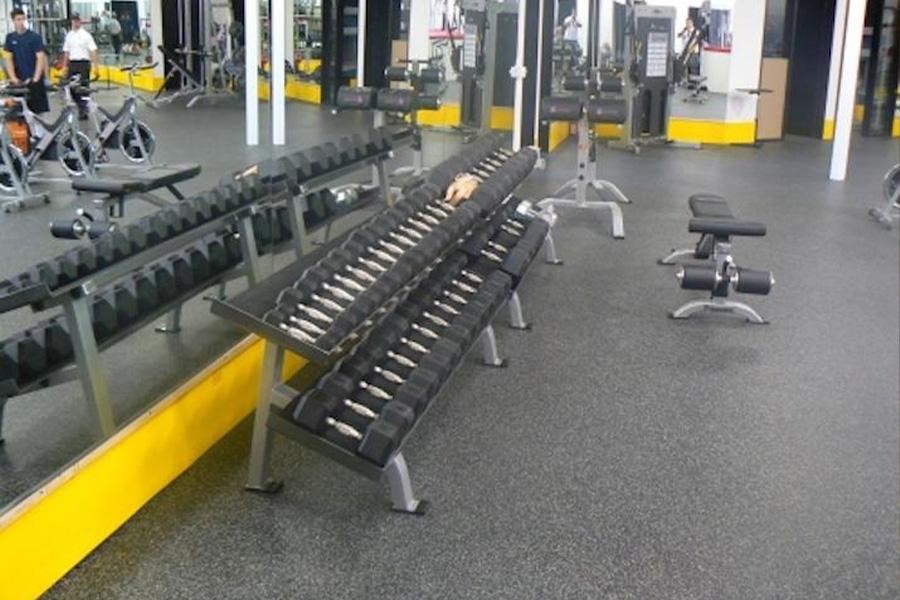
Rubber flooring is available in three basic types: tiles, rolls, and mats. Businesses must consider the intended use and traffic expected to determine the best kind of rubber flooring material for their space.
Tiles are the most popular and preferred choice among businesses because their convenient size and design make them suitable for any space and purpose. They are also ideal for outdoor use due to their resistance to the elements.
For larger areas, businesses can opt for rubber roll flooring. It is the market’s most economical rubber flooring option, as it creates fewer seams than interlocking rubber tiles.
One or two rubber rolls can completely cover an entire room since they are 4 feet (or more) wide and up to 50 feet long. However, it can be challenging to install rubber flooring rolls due to their weight.
Rubber mats are another popular choice for their versatility, affordability, and ease of installation. They are primarily designed for indoor use but can also be used outdoors.
Thickness and backing
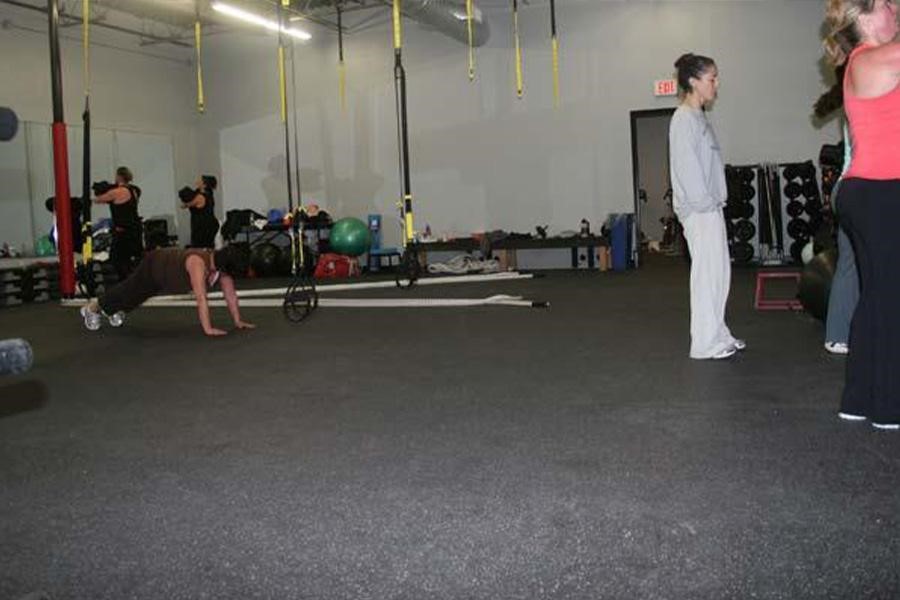
The thickness of rubber flooring is also vital since it determines its durability and cost. Thicker backing is more expensive but more durable; thinner backing is cheaper but less durable.
Additionally, thick materials will be softer underfoot and provide better comfort and sound absorption.
Businesses should consider how much traffic the flooring is going to experience to estimate its durability.
For instance, rubber floors meant for internal use should have a thickness of at least 1/2 inch, while outdoor floors should have a thickness of between 2 to 3 inches.
Commercial facilities like gyms, fitness centers, or livestock stables will benefit from a thicker rubber flooring mat that can withstand the rigors of everyday use without denting, fading, or cracking.
Surface options

When planning a rubber floor, businesses can choose not only from different formats and thicknesses but also from different textures and finishes.
- Textures: As a result of the surface added to rubber products during manufacturing, the rubber floor can have added depth and character. Businesses can choose from rivets, dimples, studs, and more complex textures like waffles and diamond-plate. Alternatively, rubber flooring can be flat and smooth but becomes very slippery when moist, so it is unsuitable for wet areas like bathrooms, laundry rooms, or swimming pools.
- Finishes: In social areas and athletic installations, rubber flooring often comes with a soft matte finish to avoid overpowering the space with too many colors. Alternatively, businesses can brighten rubber floors with a wax emulsion if they wish to make a lasting impression. In addition to giving the surface a beautiful shine, it makes it more durable and stain-resistant.
Styles and designs

Several colors and styles of contemporary rubber flooring are available. Among them are patterns that mimic natural wood and stone and multidimensional effects that add visual interest to any room.
The possibilities for designing and styling rubber products are endless, as manufacturers constantly print innovative, colorful patterns and designs onto rubber products.
Furthermore, businesses can create custom color mixtures to match corporate colors and print their logo on the flooring with a water-jet cutting machine.
With rubber flooring, businesses can let their imagination and creativity run wild. Rubber flooring can be laid to create repeat patterns or in a more random manner, giving corporations the freedom to create designs that add flair to rooms.
For safety flooring, a more robust pattern is ideal because it prevents sliding. Using black rubber and commercial-grade adhesive is a reliable way to construct a durable, slip-resistant entryway.
Cost considerations
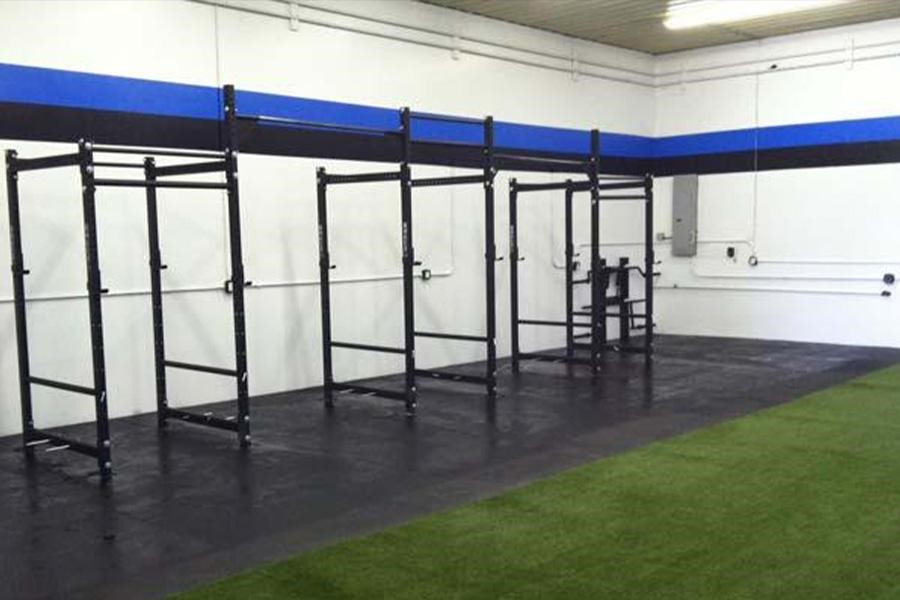
The upfront cost of buying rubber flooring is considerable. This is a factor to consider when planning a project but it is only part of the story of overall costs accounted for.
Businesses should take note of the total cost of ownership, including installation costs, maintenance costs, and repair costs (especially if the new rubber flooring is incompatible or will not adhere to the old floor).
Businesses should compare the total cost of ownership among brands and find the right balance between price and quality that works best for their projects and business needs.
Conclusion
Rubber flooring has many advantages for residential and commercial spaces and it is a popular choice among property owners seeking a reliable and affordable floor covering solution.
The growing popularity of this flooring stems from the increasing number of options available on the market and its versatility in residential and commercial settings.
Businesses that want to install rubber flooring must consider factors such as cost, installation, thicknesses, types, styles, surface options, and maintenance before choosing.
